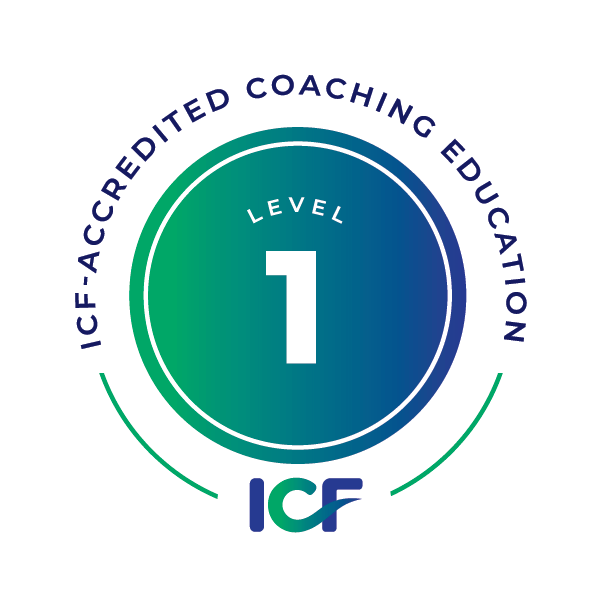Hi, Cherie’s here. Today, we’re diving into a topic that’s close to my heart and pivotal in the coaching realm—Neuro-Linguistic Programming (NLP) and its application in leadership coaching. NLP, a psychological approach that links neurological processes, language, and behavioral patterns learned through experience, offers invaluable tools for leaders and coaches aiming to enhance their effectiveness. Let’s explore five NLP techniques that can transform leadership coaching:
- Building Rapport: Rapport is the foundation of effective coaching. It’s about creating a connection that fosters trust and openness. Leaders can use mirroring and matching techniques—aligning their body language, tone of voice, and words with those they are interacting with—to build this essential connection.
- Setting Well-Formed Outcomes: Goals should be specific, measurable, achievable, relevant, and time-bound (SMART). Well-formed outcomes go a step further by ensuring that goals are positively stated, contextualized, and aligned with the individual’s values and resources.
- Enhancing Sensory Acuity: This involves becoming more aware of the subtle cues in communication, such as changes in body language, tone of voice, and other non-verbal signals. Sensory acuity helps leaders detect congruence or incongruence in responses, enabling more effective coaching conversations.
- Flexibility in Behavior: The ability to change one’s approach based on the situation is crucial for leadership. NLP emphasizes behavioral flexibility, encouraging leaders to adapt their strategies to meet the needs of their team members and the dynamics of each situation.
- Utilizing VAKOG: Understanding that people process information differently (visually, auditorily, kinesthetically, olfactorily, and gustatorily) allows leaders to tailor their communication in a way that resonates with the individual preferences of their team members, enhancing understanding and collaboration.

Continue Learning with our ICF ACC Level 1 Coach Training Program
ICF core competencies form the foundation of powerful coaching.
Curious about building this strong foundation and embarking on the path to professional coaching?
Our ICF ACC Level 1 coach training program gives you the skills and credentials to excel.
Incorporating these NLP techniques into leadership coaching can lead to profound changes in how leaders communicate, set goals, and build relationships. It’s about enhancing awareness, flexibility, and the ability to connect on a deeper level, fostering an environment where growth and development are paramount.
Until next time, Cherie 💚

Unlock Your Coaching Potential with Tandem!
Dive into the essence of effective coaching with our exclusive brochure, meticulously crafted to help you master the ICF Core Coaching Competencies.
"*" indicates required fields
About the Author
Cherie Silas, MCC
She has over 20 years of experience as a corporate leader and uses that background to partner with business executives and their leadership teams to identify and solve their most challenging people, process, and business problems in measurable ways.















